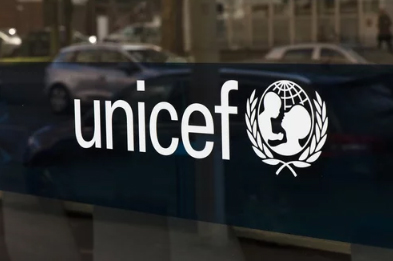How important is good branding for your NGO’s members?
How important is good branding for your NGO’s members?
When people initially talk about branding, their first thought is pointed toward logos and letterheads. While these particular elements are important parts of a good brand, it is important to realise that your organisation’s brand goes much deeper than some colours and imagery.
Another important thing to keep in mind is that Branding isn’t solely reserved for corporations and businesses
Here’s reasons why a strong brand for your NGO is vitally important:
1) Members see it as a beacon of representation for their industry

Members having an ability to be associated with a particular brand is important for both them and your organisation.For them it gives them a sense of belonging whenever they see the prominent branding of your organisation. On your part, it means that your members are more likely to become engaged with your NGO across all forms of media if your branding is clear and consistent.
According to The Drum, Funding Circle; lending platform for small businesses revealed their new brand and positioning identify in August 2017 which sought to embrace emotional positioning – placing their brand amongst the emotions of their stakeholders. They explained that Funding Circle didn’t just want people to buy from them, they wanted people to buy into the brand and become what they are representing. This is where becoming a “beacon of representation” comes in: the idea that strength in numbers is always better and a strong brand can encourage your members to become a unit where the whole is greater than the sum of it’s parts.
2) It helps you to set the internal tone of voice for your organisation when communicating externally

Arguably the most important aspect of good branding is consistency. Having a consistent, recognisable message running through your entire organisations branding will ensure that your members don’t suffer a confusion and therefore a disconnect with your organisation. This consistency is what breeds a natural, unforced tone-of-voice throughout your staff and stakeholders to help push your key messaging across at all times.
“Just like the human voice, a brand voice carries a spectrum of emotions and it behaves differently depending on the context or scenario. The distinctiveness of your voice should come through in it’s consistency; no matter what the circumstances, it should always embody the agreed upon brand values” – Brand Quarterly. Like this example, do your employees have easy to access brand guidelines? Are they all using the correct fonts and emblazoning the brand flag in all of their internal and external communications? This is how to harness that spectrum of emotions to consistently enforce your brand message to members; existing and potential.
3) Guides all stakeholders along a common pathway with a common cause
The main reason for the existence of an NGO is the fact that they are setup with a purpose, a goal that binds all of the stakeholders together. Good, clear and succinct branding can envelope and solidify this sense of community.
If your branding is something that your members can identify with emotively they are far more likely to become more engaged with your cause and follow it on your journey. This will translate with increased member engagement and an improved likelihood of gaining new members when it is easy to see how well received your brand is amongst it’s existing stakeholders.

Looking at Unicef as an example of solid branding that guides stakeholders along a common pathway; there has been multiple examples where their logo has appeared in advertising and on products from brands such as IKEA, EE, Clarks and Football Clubs such as Manchester United and FC Barcelona. The solidity of the branding has meant that even across multiple different sponsor partnerships across different industries, they are encouraging a common cause that people can identify with no matter their personal interests.
4) Allows your members to feel a sense of community and belonging when they can use your brand
For members to be able to showcase your brand by displaying your logo and brand colours on badges, certificates, icons on social media or other tangible elements; this allows them to show an affiliation to you and the credibility and accolades that come with this. It also has the potential to generate referrals. If your branding is strong and can spark conversations, people will talk about it. For example, members of the World Institute for Nuclear Security can become certified Nuclear Security professionals which can cause their colleagues to ask about certificates that they may have either physically or on their social profiles.

This community feel also means that your members are more likely to feel a loyalty and proactiveness to engaging with you. This can come in the form of submitting ideas, advocating the NGO to their colleagues and also attend events or courses.
5) It allows you to develop a higher sense of trust and credibility among other organisations and your members
It’s vitally important for NGOs to be trusted and have a high level of credibility among both the industry that they operate in and amongst the members of the organisation itself. Without this credibility, there is potential for the hard work that they do to be undermined. It is vitally important for an NGO to have modern, updated branding to ensure that they are taken seriously within their industry and (if applicable) internationally in order to not miss out on the extra impact that having a recognisable, credible brand can have.

According to Forbes; “Nearly all customers first engage with a brand online and for many, the digital space is the only place they have the opportunity to engage with customers. Leaving the right impression with users on your website and offering a pleasant user-experience is critical to bolstering brand credibility.” This is just as relevant to an NGO with members, especially if you have many members and stakeholders in different countries – your website is often their first interaction with your organisation and having strong branding to encourage their involvement with you is critical.